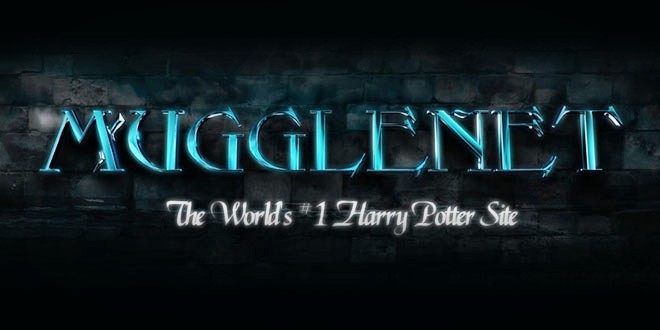The difference between multimedia and transmedia is the amount of forms of media used to reach a public. Multimedia refers to a piece of media that’s presented in different forms of media such as video, audio and so on. On the other hand, transmedia goes beyond transforming a piece of media into into multiple ones, but makes one big media project with pieces of media that interact with each other to make a unified experience.
Transmedia is a way of reaching the public in many different ways, taking into consideration people’s interests. A great example, of how transmedia has done a great job at reaching multiple audience is Dragon Ball Z. The way this product has been marketed has been simply great. This anime first aired on 1986 and after that, it grew to be a huge brand that many people liked. Throughout the years the amount of media created for this anime has been insane, From audio to visuals Dragon Ball Z has been successful. Henry Jensky says:
Transmedia storytelling represents a process where integral elements of a fiction get dispersed systematically across multiple delivery channels for the purpose of creating a unified and coordinated entertainment experience. Ideally, each medium makes it own unique contribution to the unfolding of the story.”
Dragon Ball Z became one unified and coordinated entertainment experience once, more than just being a tv series, it became a symbol for all the people who became a fan or just simply watched it. People who watched Dragon Ball Z became part of a community who shared mutual interest.
As part of the transmidia of this entertainment experience, toys were created to reach adults who collected the character and children who played among each other pretending to be their favorite character. Jensky says, “it provides a set of roles and goals which readers [or audience] can assume as they enact aspects of the story through their everyday life. We might see this performative dimension at play with the release of action figures which encourage children to construct their own stories about the fictional characters or costumes and role playing games which invite us to immerse ourselves in the world of the fiction.” Dragon Ball Z’s set of ideas were being influenced in children.To unified even more the experience, clothing, books, movies, lunchboxes and so much more were made.
This year the presidential election was heavily influenced by media. As the years progress media will be more and more present and prevalent in political campaigns. For example, Trump has always been really present in the media and even more now in the internet. From making bold statement on twitter, to memes, to song about him, media influenced is campaign and publicity.
Trump knew that using twitter constantly would make people feel he is more accessible compared to other other candidates who don’t have a direct communication with the audience. Memes and any other comical sort of media done in the internet by people, where part of the whole story of this election. Dr. Pamela Rutledge says, “The immediacy of social media creates instant channels for memes—an idea or symbol—to take hold and spread rapidly. “ All the memes people made and spread around the world to expressed people's opinion made it an interactive media experience.














